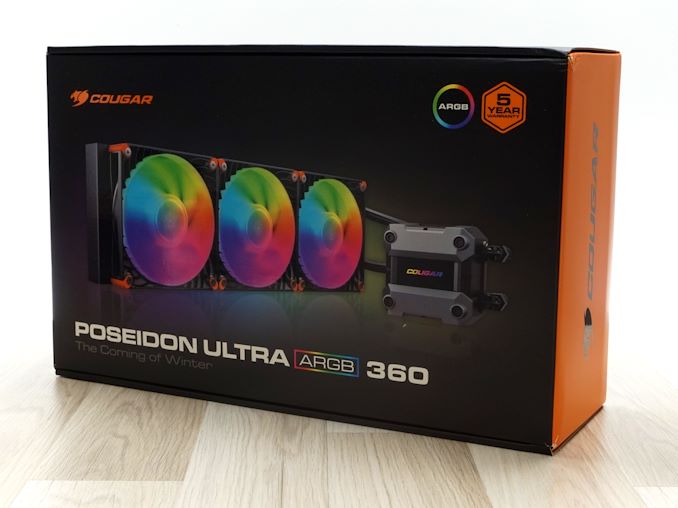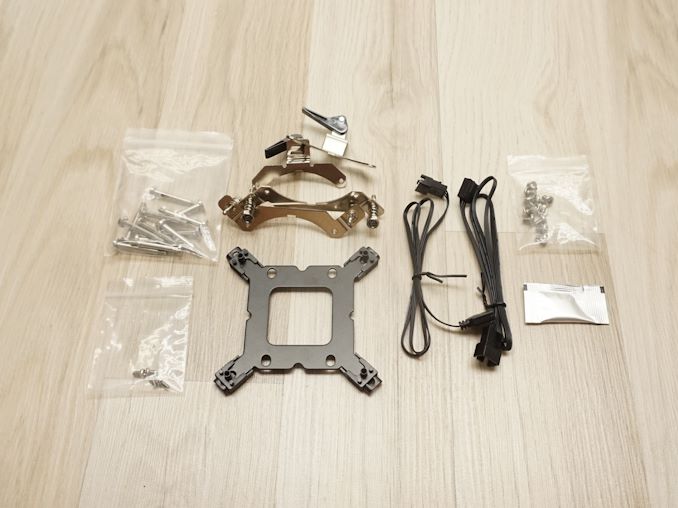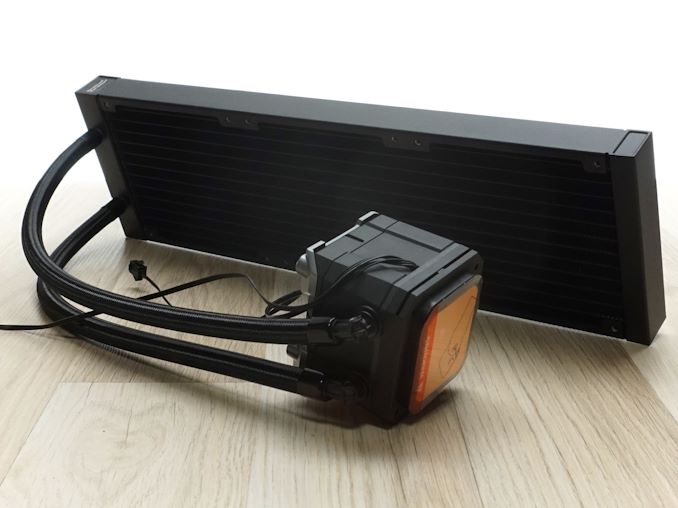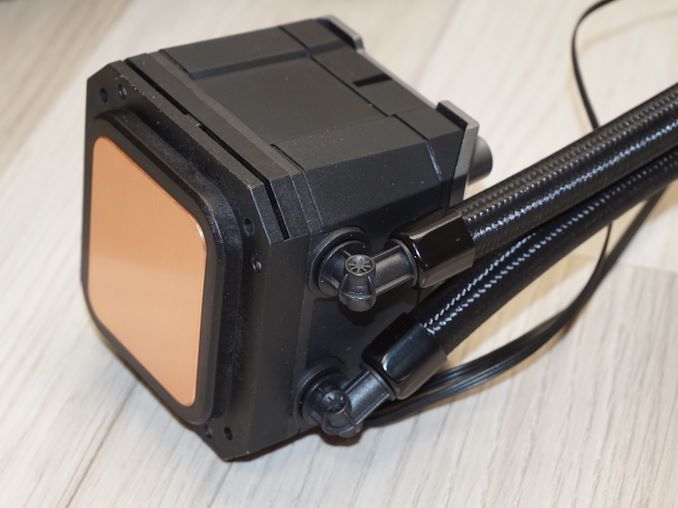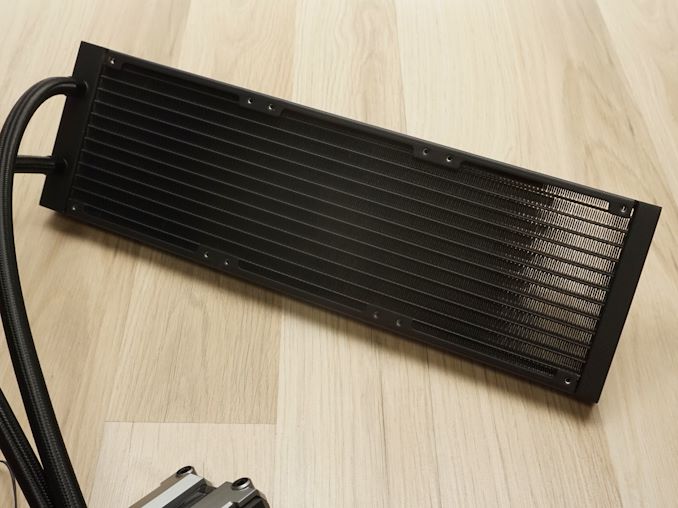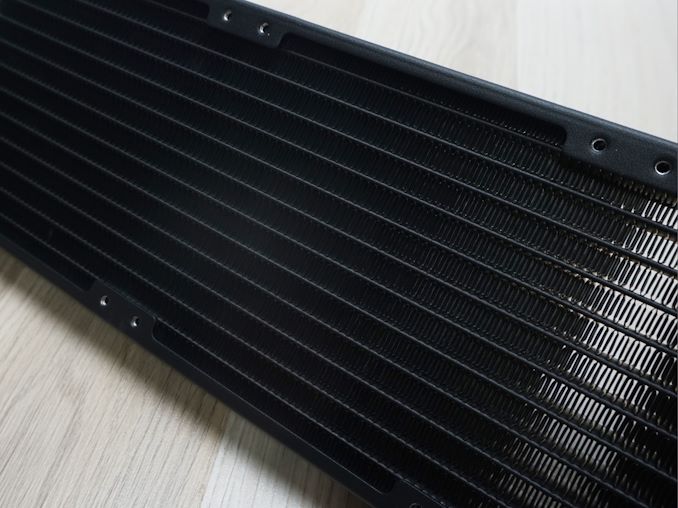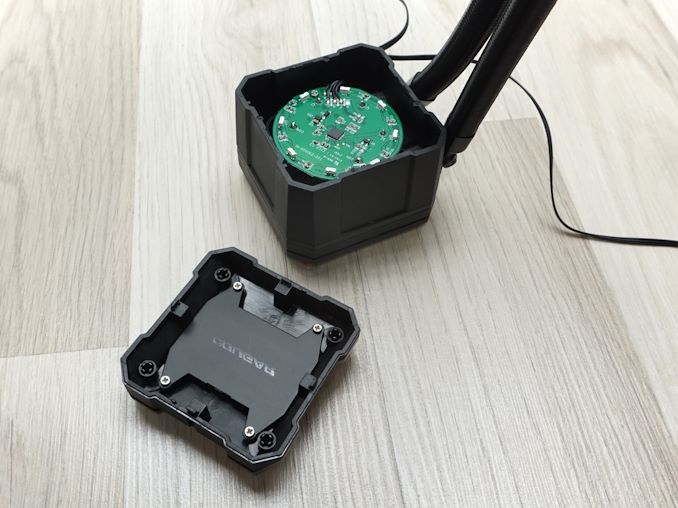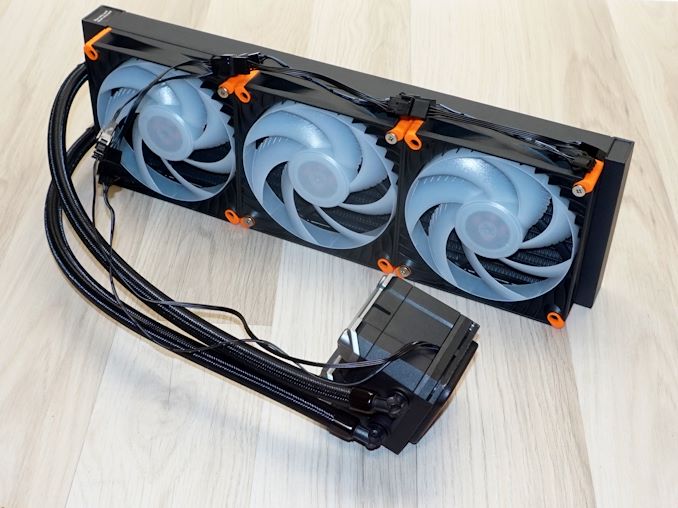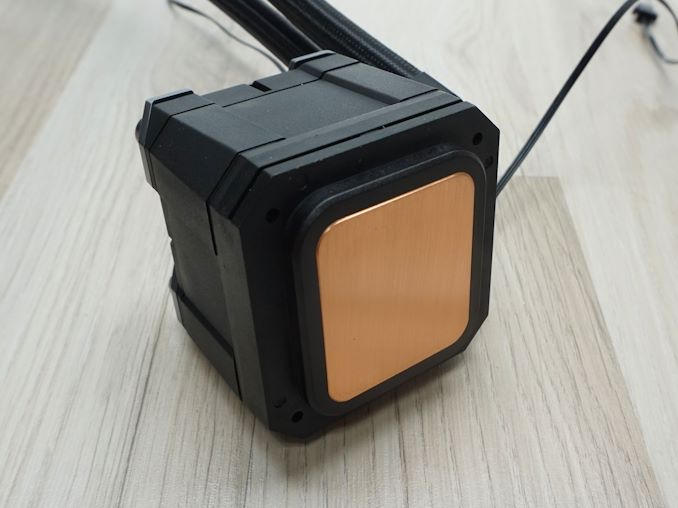Cougar, established in 2008, has become a notable name in the PC hardware market, particularly among gamers and enthusiasts. While Cougar might appear to be a relatively recent addition to the industry, it is backed by HEC/Compucase, a veteran in the PC market known primarily for its OEM products. Cougar was created as a subsidiary to focus on developing and marketing high-performance products tailored to the needs of gamers and PC enthusiasts.
Initially, Cougar focused primarily on PC cases, gradually expanding its product lineup as the brand gained recognition. Over the years, Cougar has successfully diversified its offerings to include a wide range of products, from gaming chairs to mechanical keyboards. This strategic expansion has allowed Cougar to establish a strong presence in the gaming hardware market.
In this review, we are focusing on Cougar’s latest entry into the liquid cooling market, the Poseidon Ultra 360 ARGB cooler. The Poseidon Ultra 360 ARGB is a high-performance, all-in-one liquid cooler featuring a 360mm radiator and vibrant ARGB lighting, designed to appeal to both performance enthusiasts and those looking for a visually striking setup. This review will delve into the AIO cooler’s key features, cooling efficiency, and noise levels, to determine how it stands up against the competition in the increasingly crowded liquid cooler market.
| Cougar Poseidon Ultra 360 ARGB AIO Cooler Specifications |
|||
| Type | All-in-One Liquid Cooler | ||
| Dimensions | 397 x 120 x 52 mm (radiator with fan) | ||
| Fans | 3 x 120 mm HDB Bearing Fans 2200 RPM (max) |
||
| RGB | Yes (ARGB) | ||
| Supported Sockets | Intel: LGA1700 / LGA1200 / LGA 115x
AMD: AM5 / AM4 |
||
| Warranty | 5 Years | ||
| Price | $119 | ||
Cougar packages the Poseidon Ultra 360 ARGB cooler in large, durable cardboard boxes. While the box maintains the company’s signature black and orange color scheme, it prominently features vibrant images showcasing the RGB lighting capabilities of the cooler, making it a visually striking package. Inside, the cooler and its components are securely protected by custom cardboard inserts, ensuring safe transport.
The box contains a rather basic bundle for a premium CPU cooler. Cougar includes the necessary cables for powering the fans and the controller, a single-use dose of thermal compound, and the hardware required for mounting the cooler onto the CPU socket. There is no standalone RGB controller, the cooler requires a compatible motherboard or controller available to function.
The cooler is equipped with three 120 mm fans that feature a unique frame design, blades with convex ridges, and an advanced hydraulic bearing for improved performance and durability. Although the specific original manufacturer of the fans is not disclosed, the part number is DF1202512FDMN. These fans are outfitted with ARGB LEDs and have a semi-transparent blade and inner ring assembly, which is designed to diffuse the lighting softly, enhancing the overall aesthetic appeal of the cooler.
The Poseidon Ultra 360 ARGB cooler from Cougar maintains a design typical of all-in-one (AIO) liquid coolers, consisting of a single radiator, two hoses, and a block that integrates the CPU contact plate with a compact liquid pump. Cougar went with typical rubber tubing with an external nylon sleeve for added mechanical protection. The fittings are plastic, as is the case with the majority of AIO coolers nowadays.
The radiator in the Poseidon Ultra 360 ARGB follows the standard dual-pass cross-flow design, with fine fins soldered onto thin oblong tubes. This design remains the industry standard for AIO systems due to its superior efficiency within the compact dimensions required and the temperature variations these coolers manage. The hose connections on the radiator are fixed, which can limit flexibility a little during installation. Cougar designed the radiator to be just 27 mm thick to ensure greater compatibility. However, with the fans included, the entire AIO system still requires at least 52 mm of clearance, making it essential to install this cooler in a case designed for AIO systems.
Cougar’s design efforts are particularly evident in the main block assembly. Except for the contact plate, the rest of the assembly is made of plastic and acrylic, with Cougar making severe efforts to make the block as visually appealing as possible. The top of the block assembly can be removed if turned counterclockwise softly, allowing the user to adjust the logo’s orientation (yes, the large hex screw heads are fake). The 90° hose fittings can swivel, adding some flexibility to the installation process.
The main block assembly features a squircle-shaped metallic contact plate made of copper. The plate is not machined to a mirror finish but it is smooth and flat enough. The designer hid the screws holding the cold plate in place behind the plastic cover. No thermal compound is pre-applied, giving users the option to use their preferred thermal paste. The contact plate is large enough for all the processors this cooler is compatible with.
Cougar has put significant emphasis on RGB lighting with the Poseidon Ultra 360 ARGB, resulting in an impressive display. The lighting is both vibrant and smooth, effectively diffused by the semi-transparent blades of the fans and the top of the main block. If connected to a compatible motherboard, the cooler will sync with the system’s lighting theme. Note that if the motherboard does not support 5V ARGB LEDs and if there is no other available controller, the lighting of the Poseidon Ultra 360 ARGB will not turn on at all.
Although the testing of a cooler appears to be a simple task, that could not be much further from the truth. Proper thermal testing cannot be performed with a cooler mounted on a single chip, for multiple reasons. Some of these reasons include the instability of the thermal load and the inability to fully control and or monitor it, as well as the inaccuracy of the chip-integrated sensors. It is also impossible to compare results taken on different chips, let alone entirely different systems, which is a great problem when testing computer coolers, as the hardware changes every several months. Finally, testing a cooler on a typical system prevents the tester from assessing the most vital characteristic of a cooler, its absolute thermal resistance.
The absolute thermal resistance defines the absolute performance of a heatsink by indicating the temperature rise per unit of power, in our case in degrees Celsius per Watt (°C/W). In layman’s terms, if the thermal resistance of a heatsink is known, the user can assess the highest possible temperature rise of a chip over ambient by simply multiplying the maximum thermal design power (TDP) rating of the chip with it. Extracting the absolute thermal resistance of a cooler however is no simple task, as the load has to be perfectly even, steady and variable, as the thermal resistance also varies depending on the magnitude of the thermal load. Therefore, even if it would be possible to assess the thermal resistance of a cooler while it is mounted on a working chip, it would not suffice, as a large change of the thermal load can yield much different results.

Appropriate thermal testing requires the creation of a proper testing station and the use of laboratory-grade equipment. Therefore, we created a thermal testing platform with a fully controllable thermal energy source that may be used to test any kind of cooler, regardless of its design and or compatibility. The thermal cartridge inside the core of our testing station can have its power adjusted between 60 W and 340 W, in 2 W increments (and it never throttles). Furthermore, monitoring and logging of the testing process via software minimizes the possibility of human errors during testing. A multifunction data acquisition module (DAQ) is responsible for the automatic or the manual control of the testing equipment, the acquisition of the ambient and the in-core temperatures via PT100 sensors, the logging of the test results and the mathematical extraction of performance figures.
Finally, as noise measurements are a bit tricky, their measurement is being performed manually. Fans can have significant variations in speed from their rated values, thus their actual speed during the thermal testing is being recorded via a laser tachometer. The fans (and pumps, when applicable) are being powered via an adjustable, fanless desktop DC power supply and noise measurements are being taken 1 meter away from the cooler, in a straight line ahead from its fan engine. At this point we should also note that the Decibel scale is logarithmic, which means that roughly every 3 dB(A) the sound pressure doubles. Therefore, the difference of sound pressure between 30 dB(A) and 60 dB(A) is not “twice as much” but nearly a thousand times greater. The table below should help you cross-reference our test results with real-life situations.
The noise floor of our recording equipment is 30.2-30.4 dB(A), which represents a medium-sized room without any active noise sources. All of our acoustic testing takes place during night hours, minimizing the possibility of external disruptions.
| <35dB(A) | Virtually inaudible |
| 35-38dB(A) | Very quiet (whisper-slight humming) |
| 38-40dB(A) | Quiet (relatively comfortable – humming) |
| 40-44dB(A) | Normal (humming noise, above comfortable for a large % of users) |
| 44-47dB(A)* | Loud* (strong aerodynamic noise) |
| 47-50dB(A) | Very loud (strong whining noise) |
| 50-54dB(A) | Extremely loud (painfully distracting for the vast majority of users) |
| >54dB(A) | Intolerable for home/office use, special applications only. |
*noise levels above this are not suggested for daily use
Our maximum speed testing is performed with both the fans and the pump of the kit powered via a 12V DC source. This input voltage should have the pump and fans matching the speed ratings of the manufacturer. According to Cougar, the fans included should have a rotational speed of 2200 RPM. Our tachometer indicated that the fans were rotating at an average speed of exactly 2140 RPM, a little lower than what the manufacturer specifies but consistent with each other.
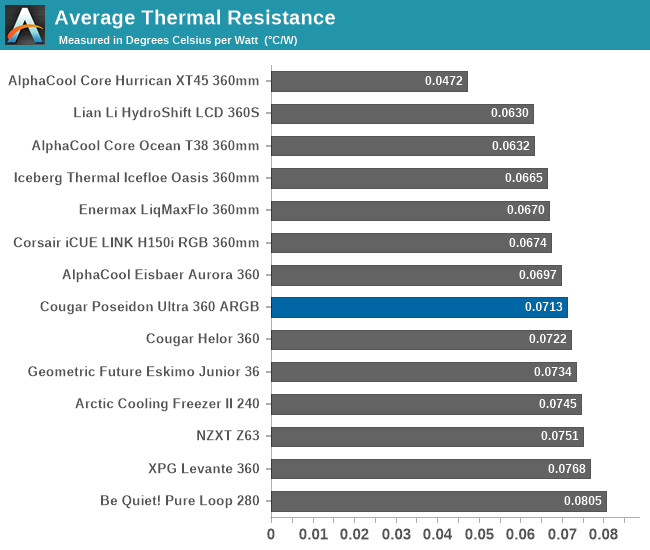
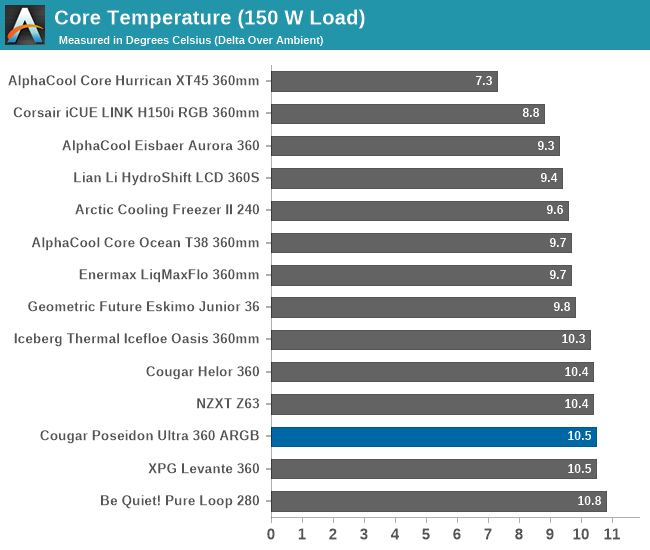
| Core Temperature, Constant Thermal Load (Max Fan Speed) |
The Poseidon Ultra 360 ARGB cooler demonstrates solid thermal performance under various load conditions, with an average thermal resistance of 0.0713 °C/W when the fans operate at their maximum speed of 2140 RPM. Although the thermal efficiency is commendable, it does not really stand out compared to most similarly sized AIO coolers.
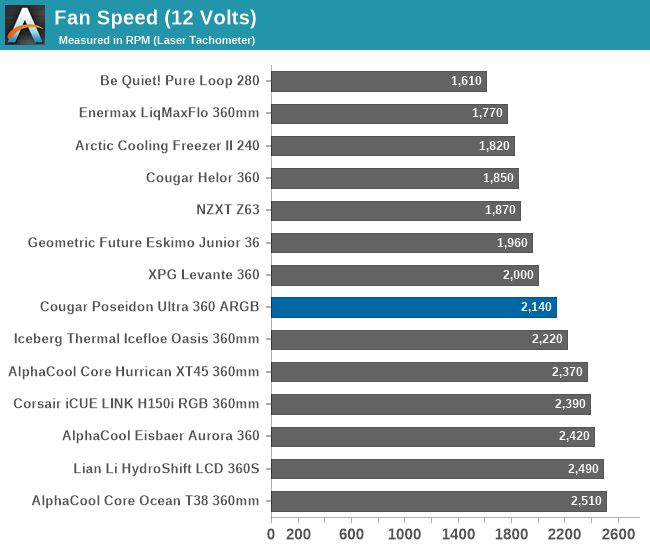
The Poseidon Ultra 360 ARGB cooler generates 44.2 dB(A) of noise at full fan speed, which is within the expected range for AIO coolers equipped with three 120mm fans. The noise level is similar to most other coolers with comparable designs. The pump remains relatively quiet and does not become a dominant noise source when operating at full speed.
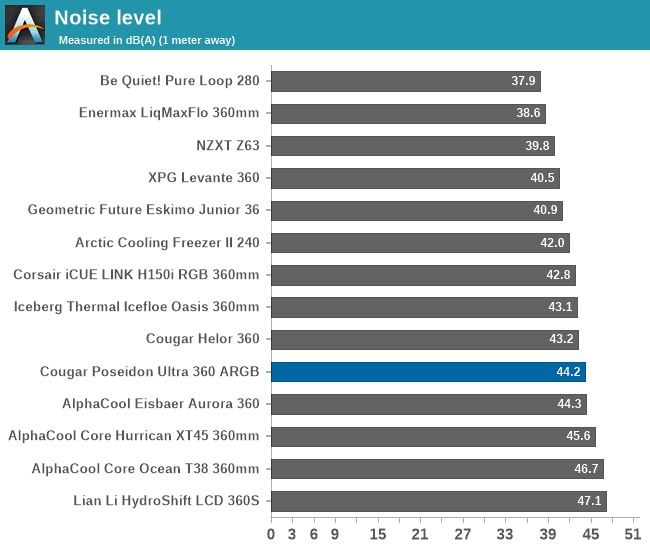
For our low-speed testing, we used a PWM voltage regulator to manually reduce the fan speed to half of its rated maximum. At this setting, the 120mm fans of the Poseidon Ultra 360 ARGB cooler operated at 1100 RPM.
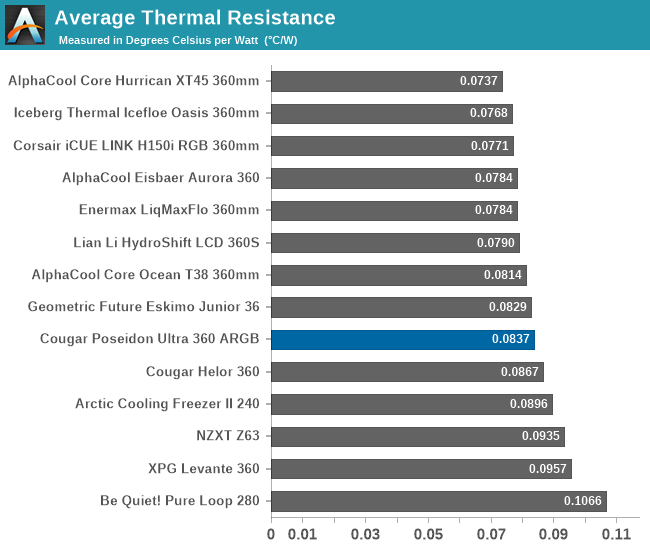

| Core Temperature, Constant Thermal Load (Low Fan Speed) |
With the fans running at 1100 RPM, the Poseidon Ultra 360 ARGB cooler achieves a thermal resistance of 0.0837 °C/W. Albeit not record-breaking, this performance places it on par with most other AIO coolers in its category, even significantly more expensive solutions.
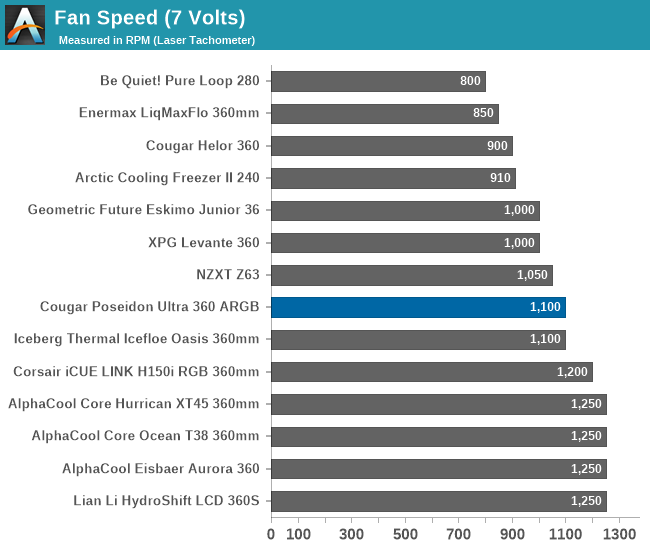
At this reduced speed, the acoustic performance of the Poseidon Ultra 360 ARGB cooler is fairly good, producing a noise level of 34.6 dB(A). This positions it at the lowermost part of our charts in terms of noise output among other cooling solutions equipped with three fans, suggesting it may be a better choice for users seeking a balance between cooling efficiency and noise levels.
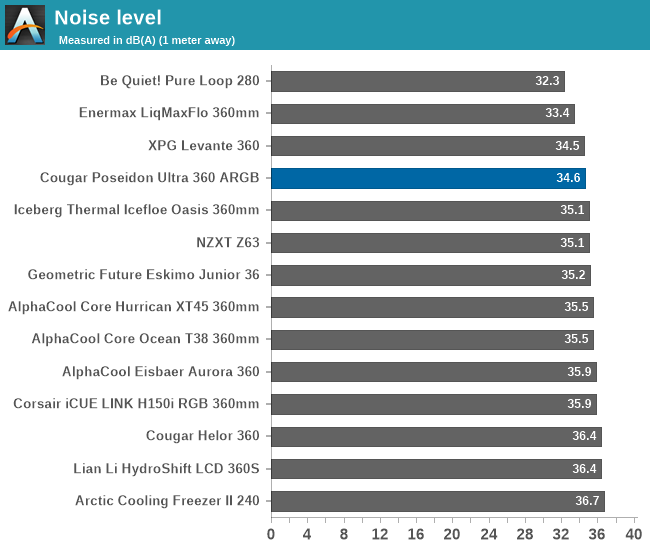
During our thermal resistance vs. sound pressure level test, we maintain a steady 100W thermal load and assess the overall performance of the coolers by taking multiple temperature and sound pressure level readings within the operating range of the stock cooling fans. The result is a graph that depicts the absolute thermal resistance of the cooler in comparison to the noise generated. For both the sound pressure level and absolute thermal resistance readings, lower figures are better.
This chart provides valuable insights into the performance of the Cougar Poseidon Ultra 360 ARGB cooler. It shows that the Poseidon Ultra 360 offers thermal efficiency comparable to AlphaCool’s T38, indicating significant improvements over the previous-generation Cougar Helor 360, which we reviewed a few years back. However, it falls slightly behind other similarly sized ARGB-equipped coolers that are not necessarily much more expensive. The Poseidon Ultra 360 achieves its respectable thermal performance with its powerful 120mm fans, which do generate noticeable noise at maximum speed. Nevertheless, the cooler maintains a solid noise-to-performance ratio, making it a competitive option in its category.
The Cougar Poseidon Ultra 360 ARGB cooler, priced at an MSRP of $119, represents a compelling option in the competitive landscape of high-performance liquid coolers, offering a well-rounded package at a fairly competitive price. While it may not top the charts in raw thermal performance, it certainly holds its own, especially when considering its price point and the features it brings to the table.
The standout feature of the Poseidon Ultra 360 ARGB is its vibrant and smooth ARGB lighting, which adds a visually appealing element to any build. The lighting is vibrant and well-diffused, adding a visually striking element to any build. The inclusion of adjustable orientation for the logo on the block assembly is a thoughtful touch that will appeal to those who care about aesthetics. However, the lack of a standalone RGB controller in the package is a slight drawback, as users will need a compatible motherboard or external controller to fully utilize the lighting features. The cooler’s build quality is solid, featuring a well-designed block assembly with a copper contact plate and plastic-acrylic construction. The 90° swiveling hose fittings provide some flexibility during installation, which is a thoughtful design choice. Although the radiator’s fixed hose connections slightly limit flexibility during installation, the overall design is user-friendly and robust.
The Poseidon Ultra 360 ARGB demonstrates solid thermal performance, with an average thermal resistance of 0.0713 °C/W at maximum fan speed, which is commendable but does not lead the pack in its category. While the performance figures align well with competitive products, they fall short of the highest benchmarks set by some similar ARGB-equipped coolers. The noise levels of the Poseidon Ultra 360 are within expected ranges for a triple-fan AIO cooler, with a measured 44.2 dB(A) at full speed and a more tolerable 34.6 dB(A) at half speed. The cooler is flexible and its performance-to-noise ratio can be controlled by the users to match their needs.
Overall, the Cougar Poseidon Ultra 360 ARGB offers a balanced combination of performance, aesthetics, and value. Its competitive MSRP of $119 positions it well within reach for users looking for high-performance cooling solutions without venturing into higher price brackets. While its raw thermal performance does not top the charts, the Poseidon Ultra 360 ARGB’s solid features and effective cooling make it a worthy contender in the liquid cooler market, especially for those who value the combination of functionality and style.
